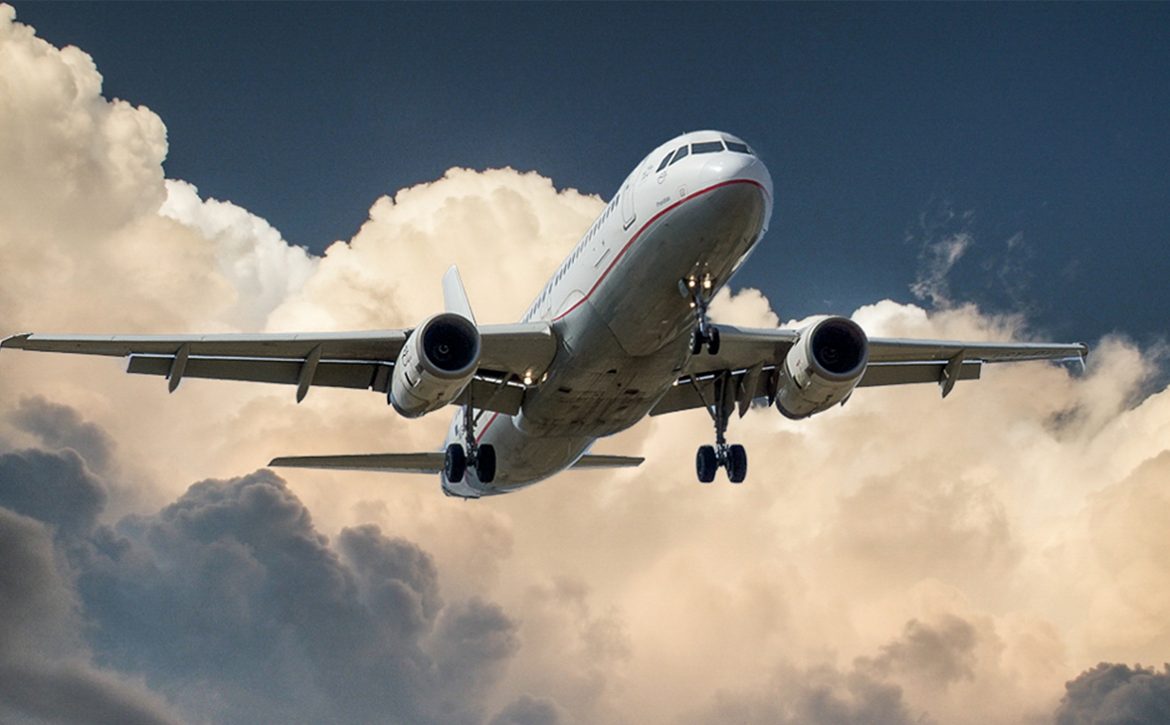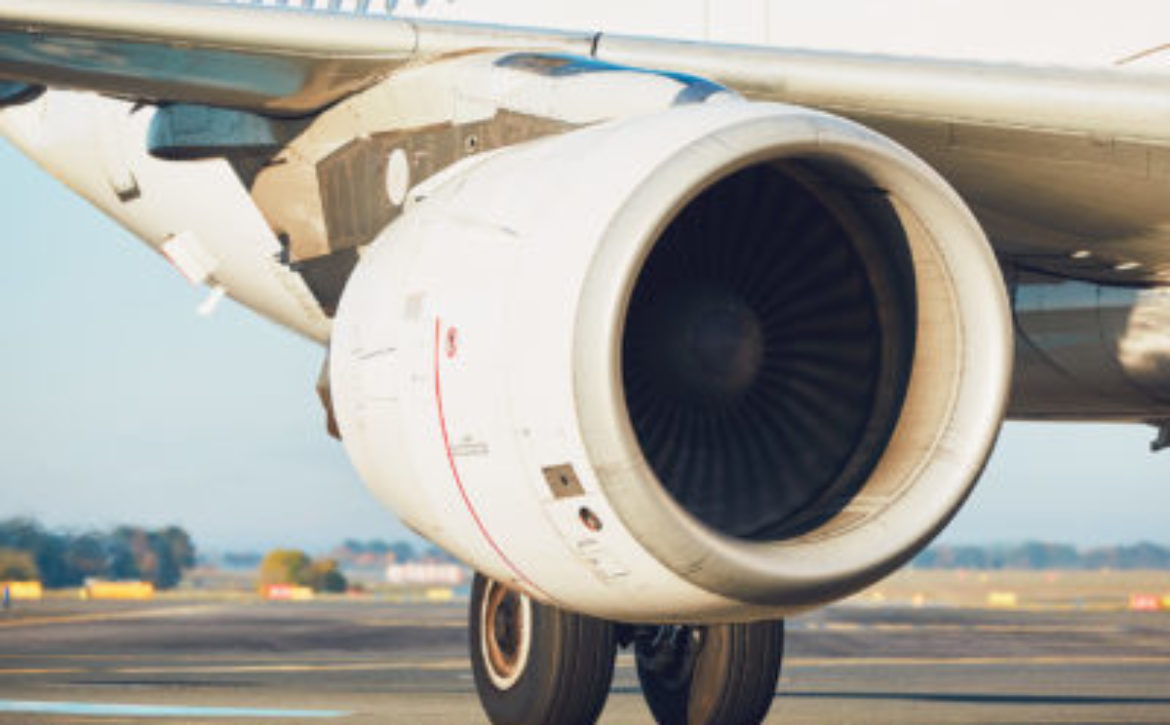CommuteAir Partners with AeroVision to Consign ERJ145 Material
CommuteAir Partners with AeroVision to Consign ERJ145 Material
November 7, 2024, Muskegon, MI – U.S. regional carrier CommuteAir, a United Express partner airline, is pleased to announce a strategic consignment partnership with AeroVision International, a premier supplier of aircraft parts and solutions. Through this collaboration, CommuteAir has consigned material from its ERJ145 teardown aircraft to AeroVision, entrusting them with the management of repairs and re-selling the parts into the market. This agreement aims to enhance CommuteAir’s inventory efficiency, while delivering high-quality ERJ145 material to other operators worldwide.
As part of the agreement, AeroVision will oversee the repair, management, and distribution of the teardown material, maximizing value through a cost-effective solution that extends the lifecycle of these components in the aftermarket. Leveraging AeroVision’s extensive global distribution network, CommuteAir anticipates seamless, optimized access to key parts for ERJ145 operators around the world, supporting efficient fleet maintenance and reliability.
“AeroVision’s industry knowledge and proven track record in material management make them an ideal partner for this initiative,” said Lon Ziegler, Vice President of Maintenance at CommuteAir. “By consigning one of our teardown aircraft to AeroVision, we expect repair oversight and expanded resale potential, advancing our operational and financial goals.”
“We’re thrilled to deepen our partnership with CommuteAir, moving from fleet support with our inventory to full-service management of their surplus ERJ145 material,” said McKenzie Kolkema, President of AeroVision International. “This collaboration highlights our dedication to providing high-quality, cost-effective parts solutions. By overseeing repairs and global distribution, we ensure this material reaches operators worldwide, enhancing operational reliability and value for our customers.”
This consignment arrangement highlights CommuteAir’s commitment to maximizing asset value through strategic partnerships. AeroVision’s expertise in managing component repairs and optimizing resale opportunities will enable CommuteAir to streamline inventory and achieve greater operational efficiency.
About CommuteAir
CommuteAir, a United Express partner, operates over 200 daily flights using 57 Embraer ERJ145s for United Airlines, connecting communities globally. Additionally, CommuteAir offers charter services with an Embraer E170 under its own brand. Headquartered in suburban Cleveland, CommuteAir has major hubs at Houston Intercontinental and Washington Dulles airports. The company also operates maintenance hangars in Houston, Albany, N.Y., and Lincoln, Neb.
About AeroVision International
AeroVision International specializes in the selling, leasing, and consignment of regional aircraft and material, supporting airlines and MRO facilities globally. Known for its innovative solutions and commitment to customer satisfaction, AeroVision has become a trusted partner to regional airlines worldwide.




















